 Earlier this week we had the pleasure of speaking with the team behind PAKET. In an exclusive CoinSpectator interview, to find out more about a blockchain startup aiming to create a decentralised and global package delivery network that gives power back to the people.
Earlier this week we had the pleasure of speaking with the team behind PAKET. In an exclusive CoinSpectator interview, to find out more about a blockchain startup aiming to create a decentralised and global package delivery network that gives power back to the people.
PAKET is going full speed ahead with a token sale on the Stellar platform, BUL their digital token will be used to pay for deliveries.
Let’s begin:
1. Many delivery firms already offer a tracking service where customers goods can be tracked in real-time. what benefits will Paket bring to this with Blockchain technology?
The real-time tracking is only one part of the protocol we offer, not the main part. To be more precise, we hope other apps on the protocol will develop and offer a much more blockchain sophisticated tracking solution. For example, we can cooperate with protocols like FOAM to ensure a provable location that can’t be manipulated.
But our main goal is to join all of these different solutions and create a single global mesh of delivery, without a central authority.
2. Can you explain why Stellar was the blockchain of choice? many other ICO’s are lured by Ethereum.
We are blockchain agnostic. Ethereum didn’t meet our engineering standards for a robust production platform. We chose the Stellar network as it connects payments, systems, and people, it can move value quickly, reliably, securely, and at almost no cost. Stellar is a perfect match for our need for a low friction transactional layer. We chose Stellar as our initial consensus layer for its level-headedness, its blazingly fast transaction rate, and its extremely low fees. From all the mature distributed ledger platforms currently active in the market, Stellar was the obvious decision for us.
3. Would a delivery system on the blockchain pose a security risk? for example 3rd parties being able to snoop on the location of high valued goods in transit?
The PAKET protocol features only specific data related only to the payment on the ledger. The only information available on the ledger is the smart contracts that govern the payment and the collateral. All other information, such as addresses, content etc, remains in layers 2 and 3 and are not public.
4. Will Paket work on a bidding system where anyone who is verified can bid to deliver a package? E.g a local firm may want 10 x boxes moving from a to b and place the quote on the blockchain.
Exactly! Since PAKET is a purely decentralized entity, we do not govern pricing or any other delivery terms, nor charge any fee. All prices are agreed between the participating parties – sender and courier. The protocol was designed in a way that allows all couriers to offer price and compete for deliveries. The basic delivery terms include price, deadline, and collateral. Bidding and competitive pricing are embedded in the concept as they create the most efficient solution for each specific delivery.
5. How does Paket plan to build a network of delivery drivers, what would make them come from other firms? What are the benefits?
A key element of the protocol is that it charges nothing. NO commission, NO hidden fees, NO middleman. Every company works hard to get demand, but by joining this free network it immediately becomes a part of a global network, with global opportunities. We provide a protocol where all existing, new, opportunistic individuals and companies can access demand – packages that need deliveries and engage directly with the package sender. The protocol only provides more data and convenience, it is not a competition between delivery firms.
Think of some local delivery company in Barcelona, with 5 motorcycles, that deliver local items in the city. They spend resources to make themselves known in Barcelona. But once they join the network, the entire network is exposed to them. Now I can send a package to Barcelona, knowing that they can handle it. They get global demand, which costs them nothing.
6. Does the team behind Paket have any transport experience or in a similar sector?
Currently, our core team is comprised of blockchain enthusiasts, community, biz dev and technical experts. Our advisory team includes a former Maersk executive (largest freight company in the world) and we are maintaining close connections to additional logistic professionals. It is important to understand that we have no ambition to become a logistics/transport company per se, we are a distributed ledger protocol company.
7. Why type of savings can be potentially made by using Paket over UPS for example?
UPS, like all other large delivery companies, are doing a great job on the international leg but suffer significantly on the “last mile”. It’s easier to carry many packages in a plane between airports than to use a track to dispense all of the packages in a large city.
PAKET is not here to replace UPS, it is here to break the package route into separate legs and allow the most efficient player take only his most efficient leg. If UPS is the cheapest freight operator and the quickest solution to deliver a package between New York Newark and Ataturk airport in Turkey, it should still be used for this part of the journey. But once the package lands in the crowded streets of Istanbul, it should be placed at the hands of a local courier that can make the last mile journey most efficiently. This way UPS can provide the best price quote, as it is no longer required to make door to door deliveries using trucks and fight local traffic. If the package avoids lending in a huge warehouse/ logistics center for sorting, then the delivery time is shortened and additional charges are no longer required.
8. When will the platform be live?
The platform is available on test network and we welcome all to access our GitHub account and our developers’ page to follow all the development that was already made. Our MVP will be available in the coming weeks, and we currently plan to go live with a basic service before year-end.
9. Will front end customers pay with the BUL tokens or will this only be FIAT ?
We want to create the most seamless user experience, but remember that we create only one application, completely open source, and we hope (and incentivize) that others create additional applications. Any developer can take our application and add a payment system to his local solution. He can even charge a conversion fee if he wants to earn from it. We give complete freedom, and the protocol charges nothing.
10. How many customers/ users do you expect the platform to attract in the next 12 months?
We expect our early adopters in the next 12 months to be crypto enthusiasts, those who believe decentralization is the best solution for the delivery of goods (well those who believe that decentralization is the best solution for many other market inefficiencies actually). We will also add delivery and courier companies to answer any demand the network creates until the network is strong enough to be completely independent.


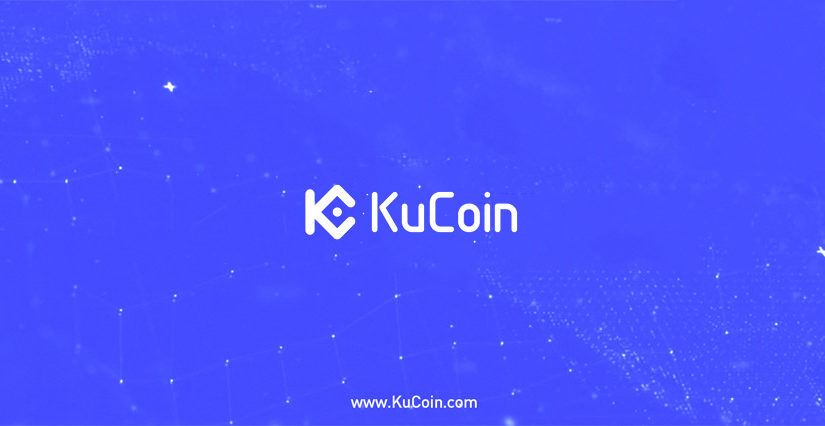
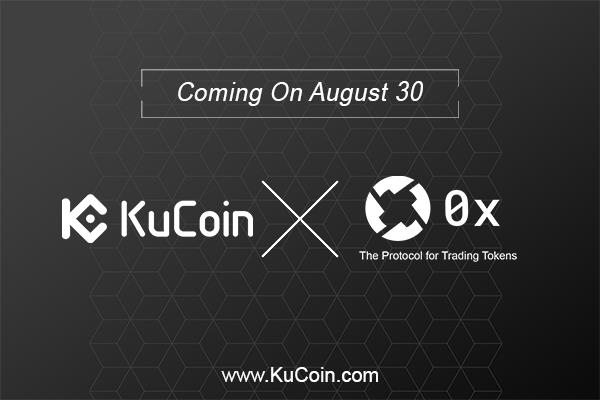

 We had the pleasure of chatting with Alexander Varvarenko, CEO and Founder of
We had the pleasure of chatting with Alexander Varvarenko, CEO and Founder of 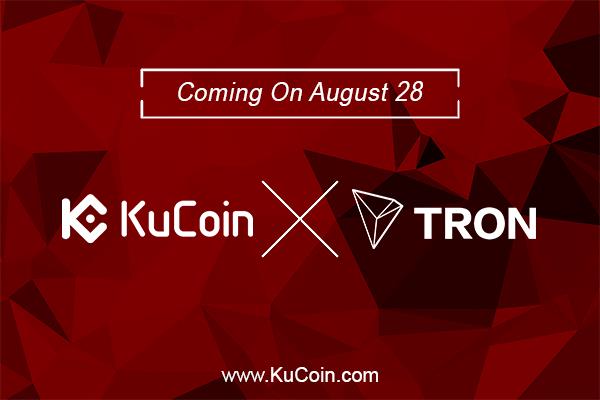
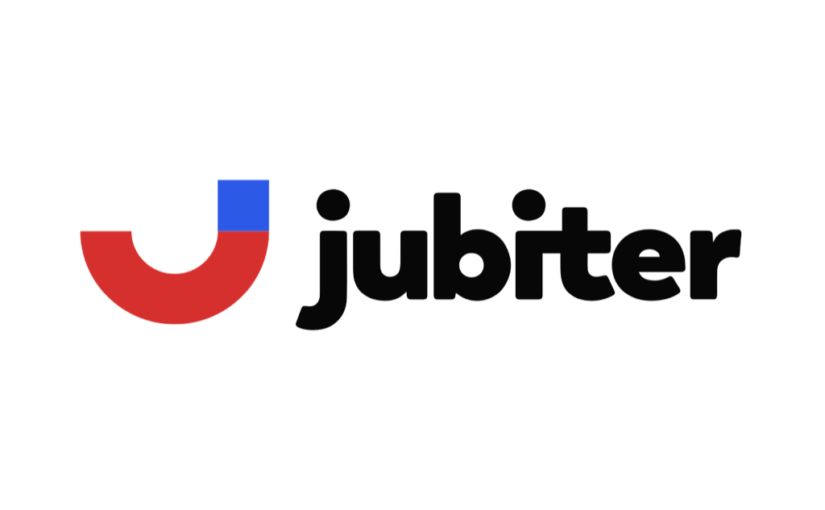
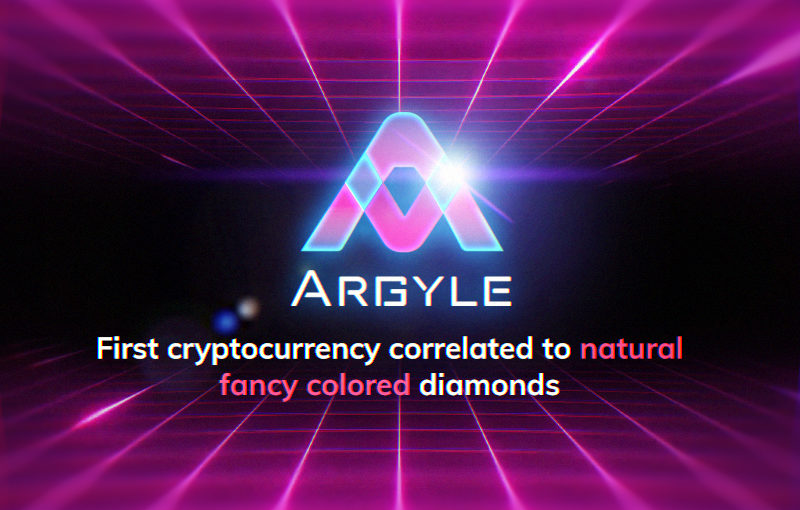
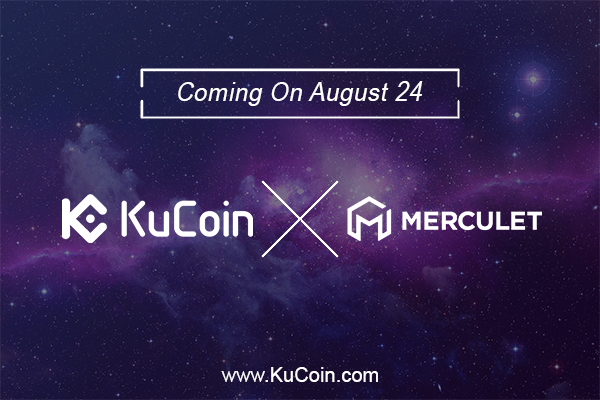
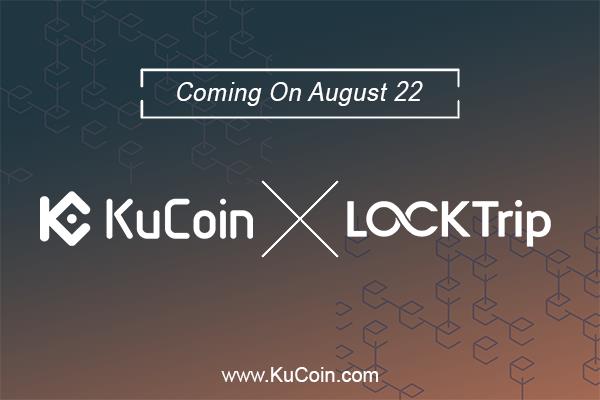


 Not heard of Pundi X? The firm is digitalising the retail industry with some amazing technology that will make using and buying cryptocurrency at your local shop as easy as buying a bottle of milk.
Not heard of Pundi X? The firm is digitalising the retail industry with some amazing technology that will make using and buying cryptocurrency at your local shop as easy as buying a bottle of milk.